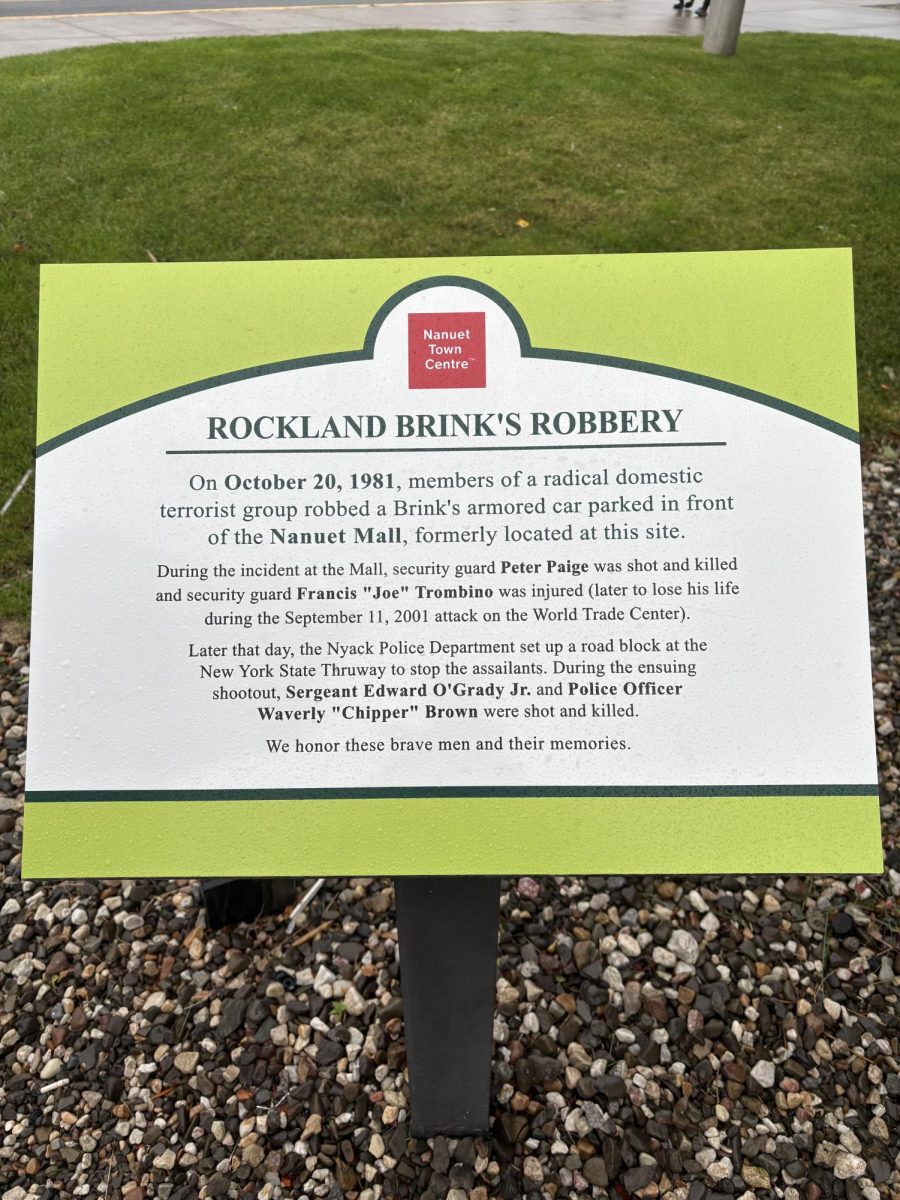If you’ve ever had the pleasure of taking a scenic walk along the trails of any of the state parks or driving along the plethora of highways and roadways in Rockland County, you’ve probably encountered a historical marker. These small signs are constructed by the Rockland County Historical Society and indicate that an area is historically significant, often due to an event that occurred or a historical figure that lived there. They may be pivotal pieces of Rockland and even American history. Markers draw attention to the area, allowing more people to be educated on Rockland history and treat the areas with the respect they are due.
Still, many Rockland County residents have no idea of the rich and intriguing history of the county. Here are some Rockland County history facts that you might not have known:
Battle of Stony Point
Did you know that a battle of the Revolutionary War was fought in Rockland County?
King’s Ferry was where colonial soldiers could transfer supplies and communicate across the Hudson, and so a British attack would serve to severely weaken the colonists. Thankfully, the Continental army fended off the British in Haverstraw Bay at the Battle of Stony Point with a win that signaled the final major northern battle of the war.
Benedict Arnold’s Betrayal
In the house of Joshua Hett Smith, Benedict Arnold met with British Major John André, who planned to pay Arnold £20,000 for aiding him in the capture of West Point, a quintessential military base for the continental army. Although Andre was captured, Arnold never got his big payday and the house has been replaced by a hospital. The historical marker still stands as a symbol of the Revolutionary controversy.
Betty Friedan’s “The Feminine Mystique”
Renowned feminist Betty Friedan wrote her famous book The Feminine Mystique in Grand View-On-Hudson in 1963. She also helped form the National Organization for Women (NOW) to focus on women’s reforms in the workplace, in childcare and in reproductive rights. Her book highlighted how many women felt trapped in the home due to traditional gender roles of the time. It was a pivotal piece of literature during the Women’s Rights Movement of the 1960s and underscored the cries of millions of women for equal access to jobs and protection of reproductive rights. In honor of one of their creators, the Rockland chapter of NOW sponsored the creation of the marker.
Rockland Brink’s Robbery
On a fateful October day in 1981, the Nanuet National Bank was robbed of $1.6 million by members of the Black Liberation Army and the Weather Underground, both of which were Marxist militant groups of the time. As a Brink’s truck was handling the bank’s money, the robbers shot and killed a guard, Peter Paige, while the other guards were injured but survived. They then transferred the money into a yellow Honda and a U-Haul truck and continued to flee. Officers Edward O’Grady and Waverly Brown were killed after attempting to apprehend the trucks.
Years of investigation and one later shootout left one of the robbers dead and the rest arrested. One of the robbers, Kathy Boudin, became a professor at Columbia after her prison sentence was up, causing widespread controversy.
The historical marker was placed at the site of the shootout where Officers Edward O’Grady and Waverly Brown lost their lives, which has now been dedicated as Brinks Memorial.
_____________________________________________________________________________________________________
Despite the hard work put into marking the most important sites of Rockland County history, most people do not notice these markers and do not know about these local events despite some having national significance.
The fact that most people aren’t educated on Rockland County historical events highlights the need for better education on local history. So the next time you’re driving, hiking, or simply existing in some part of Rockland, make sure to keep an eye out for these poignant reminders of the historical significance of our county.
